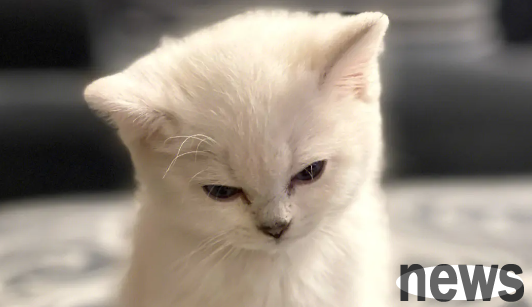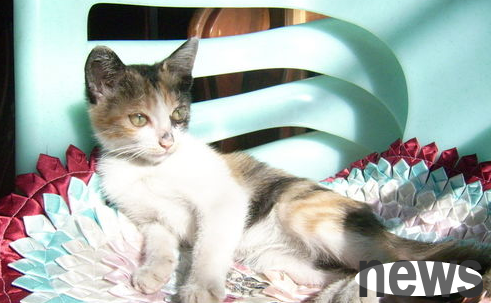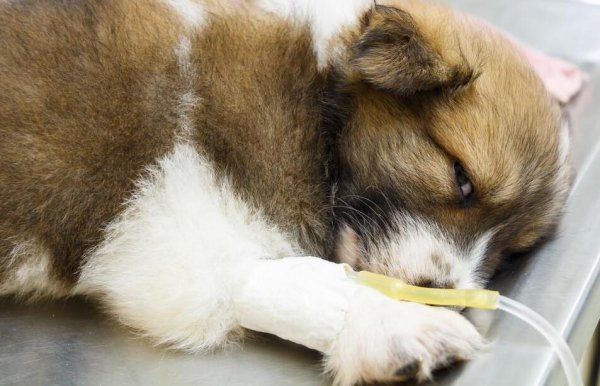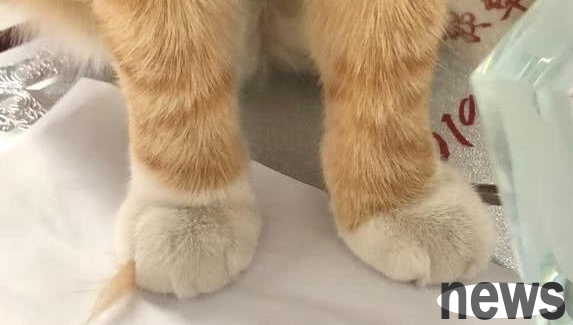The pet owner should remember the symptoms and treatment of postpartum calcium deficiency in cats!
The symptoms and treatment of postpartum calcium deficiency in cats, pet owners should remember it quickly! Many pet friends hope that their pets can be kept, so they will choose to breed for their pets. However, if they are not professionals, they will face many problems during the pet breeding process. Postpartum calcium deficiency in cats is a common disease that occurs during reproduction. The editor will introduce you to the clinical symptoms and treatment methods of postpartum calcium deficiency in cats.

1. Clinical symptoms
The cat has abnormal mental excitement, stiff limbs, and continuous ankylosing and convulsions of muscles; unable to stand, nystagnation, dilated pupils, and flushed conjunctiva; foaming at the mouth, red mouth, and continuous stretching of tongue, bleeding on the edge; impaired consciousness, slow reaction, head and neck tilt back, tail raised, and angular arch reverse pose; body temperature is between 39℃ and 42℃, breathing count 100~160 beats per minute, heart rate is 120~200 beats per minute.

2. Treatment methods and case introduction
supplemented calcium supplement is a special treatment for this disease. As long as you give enough calcium to the right symptom, you can quickly achieve the treatment purpose. The prescription used is to mix 10% calcium gluconate 10-20 mL with 5% glucose 100-150 mL and intravenously intravenously. Combine intramuscular injection of Vitine gelatin calcium or oral calcium tablets and cod liver oil to enhance the efficacy of calcium supplementation and prevent recurrence. The 39 cats were cured once and 2 relapsed. After calcium supplementation, no attack was found after being told to strengthen nutrition and postpone breastfeeding.




